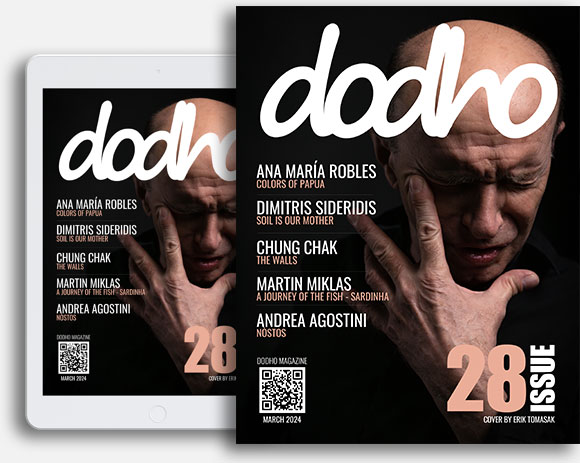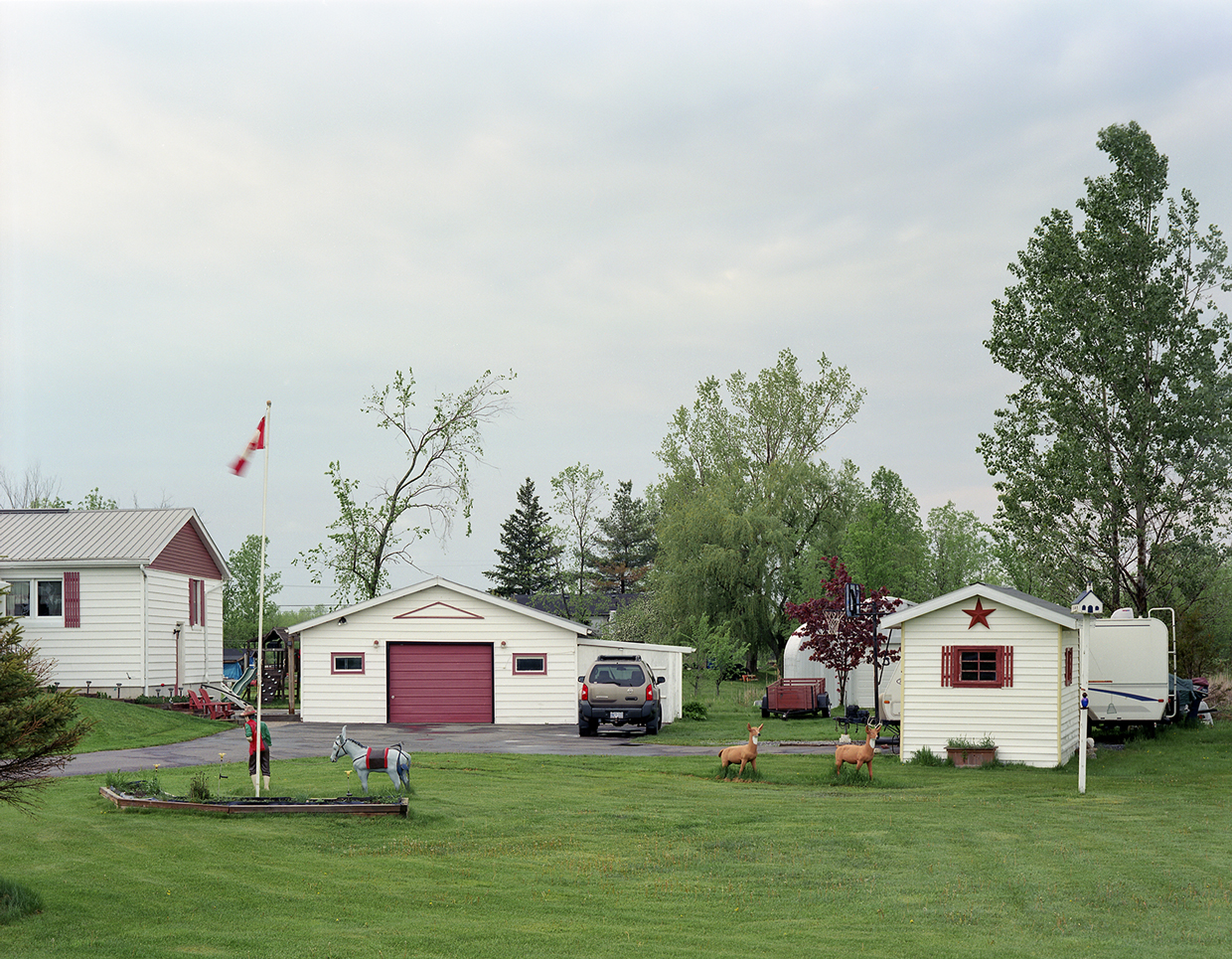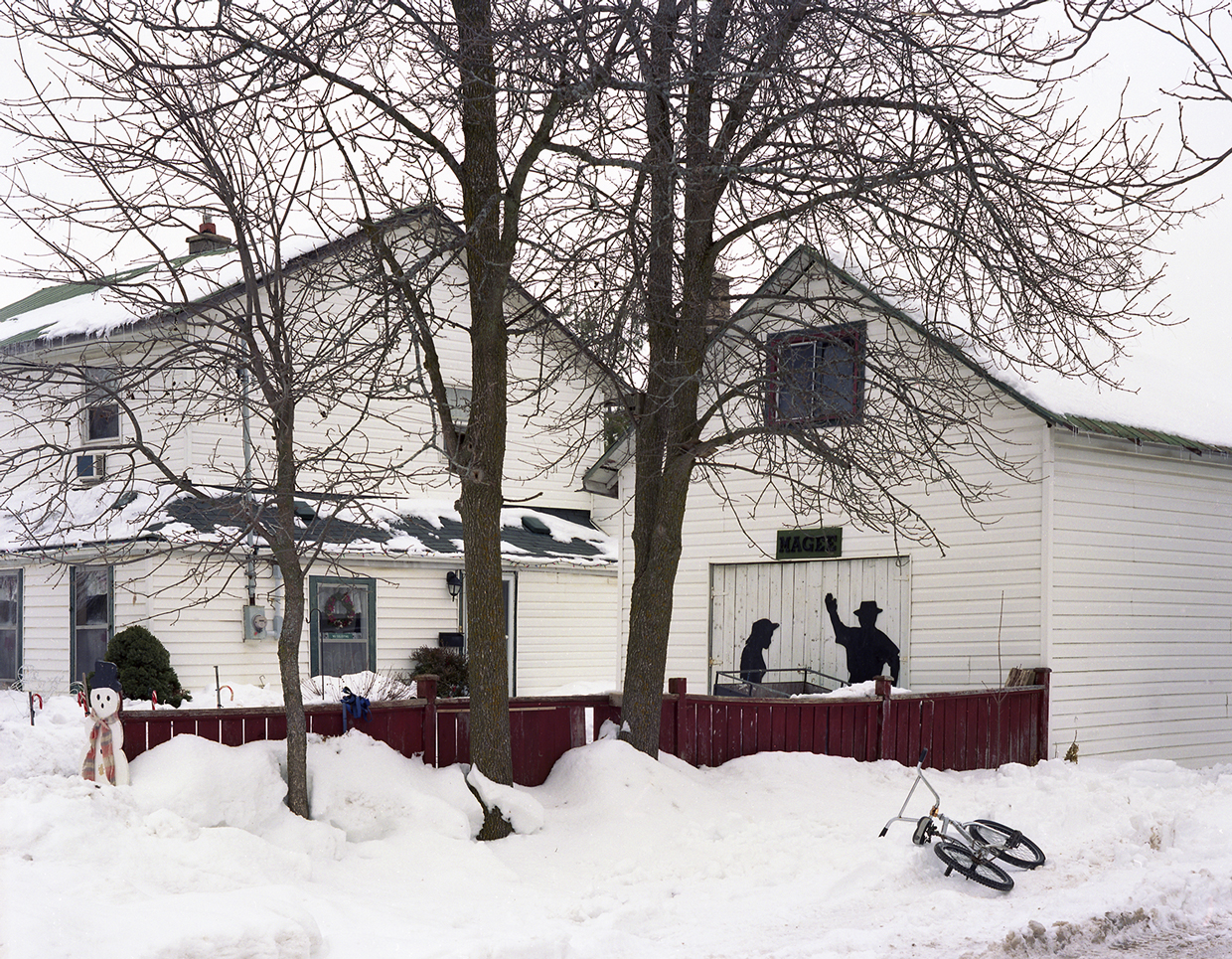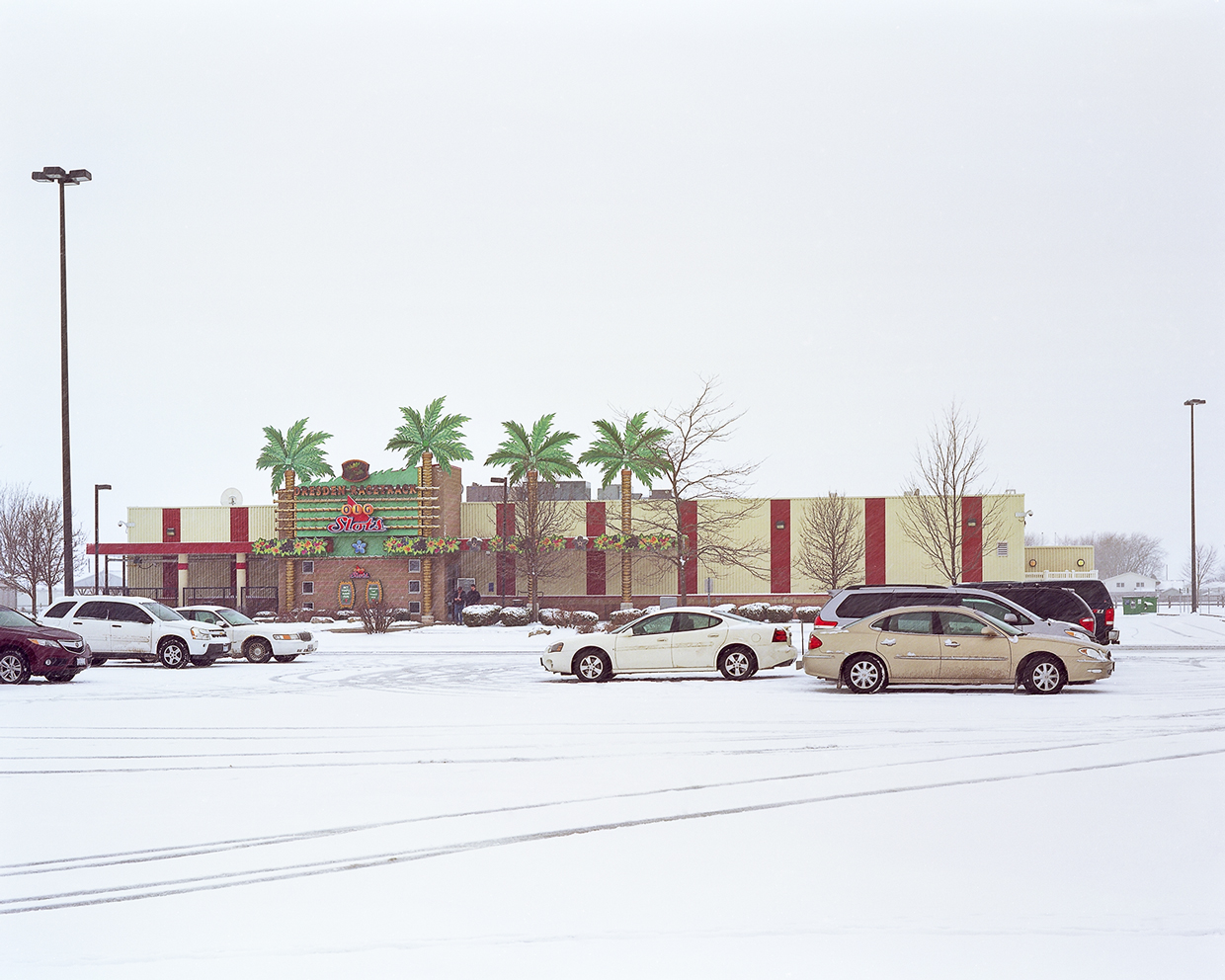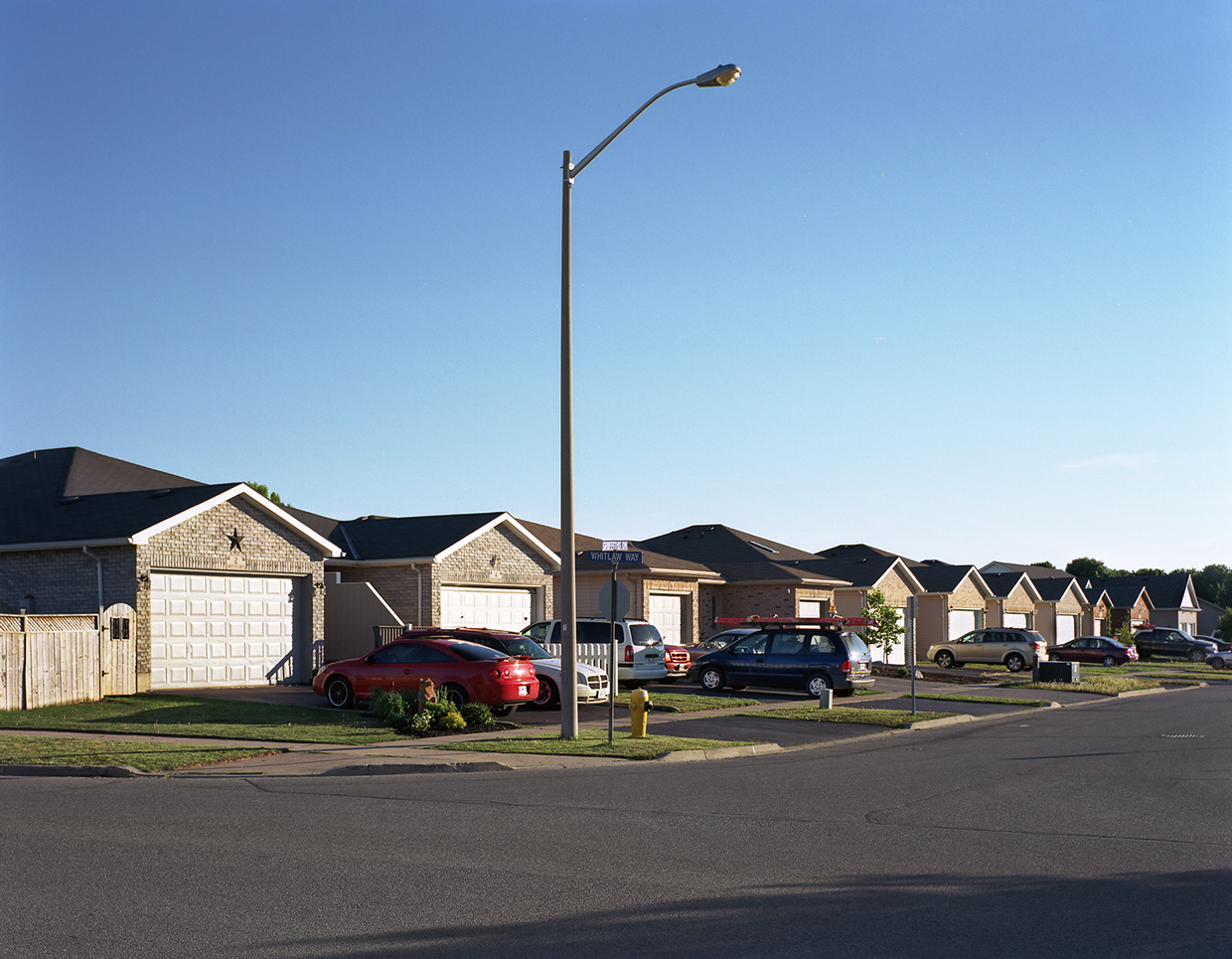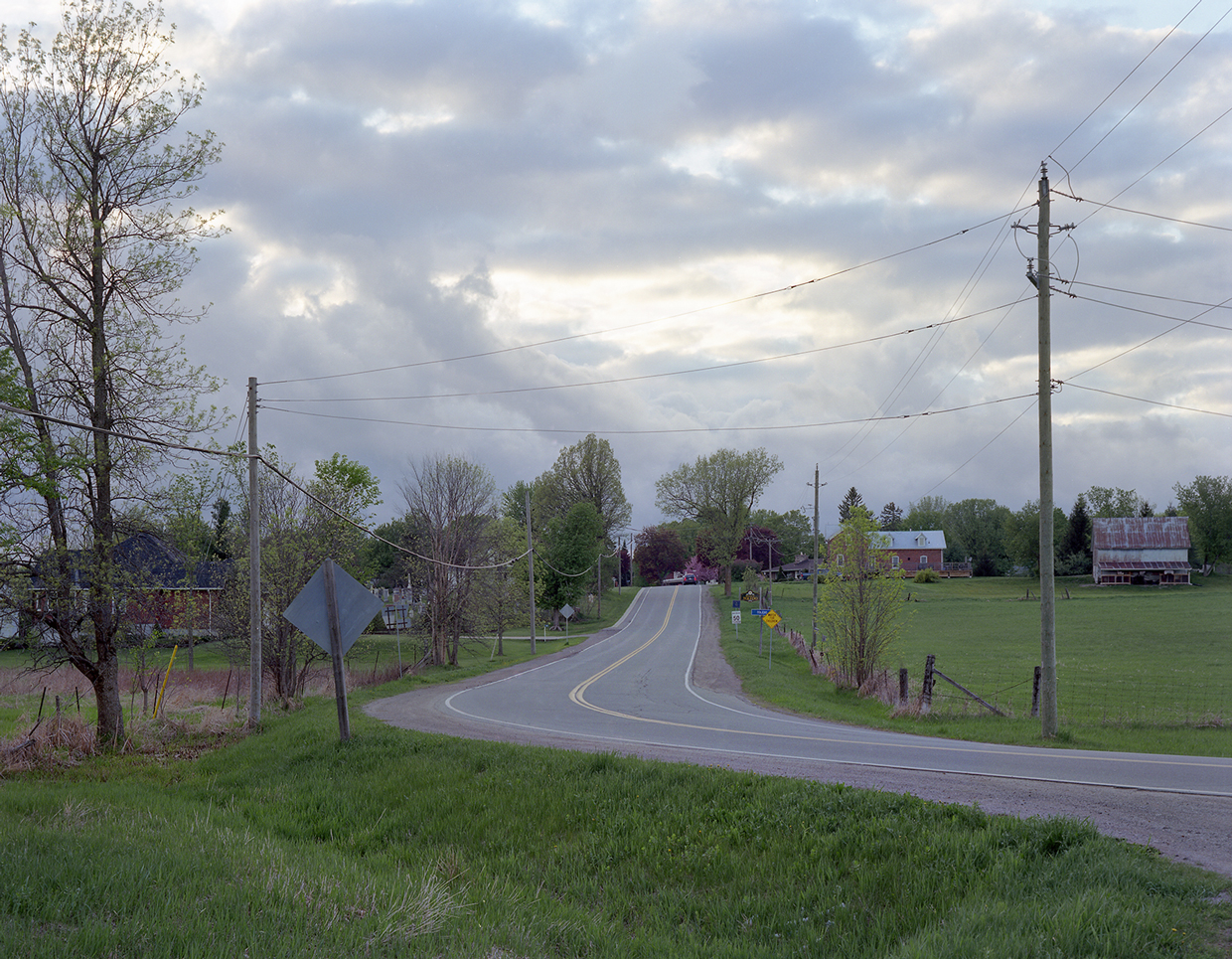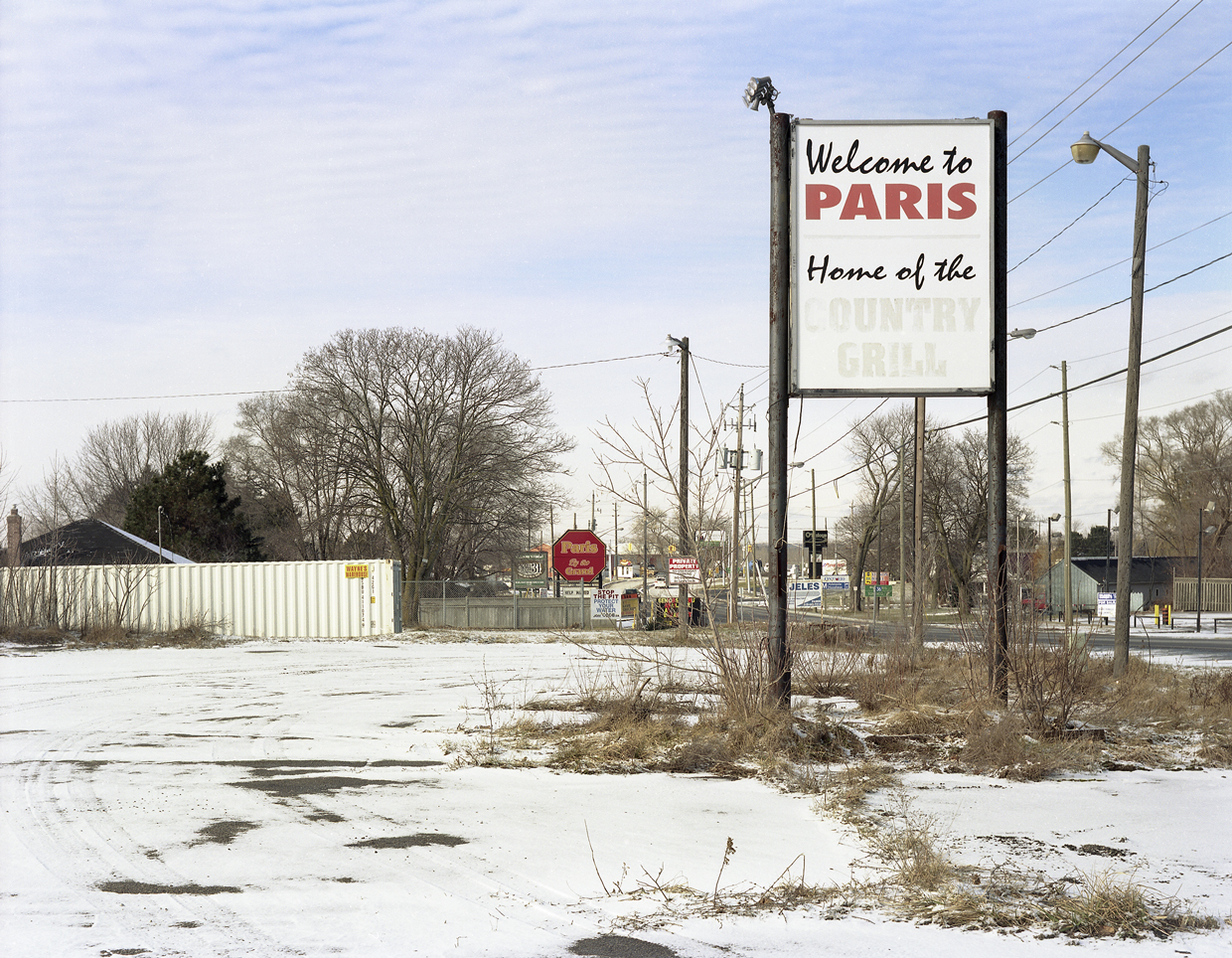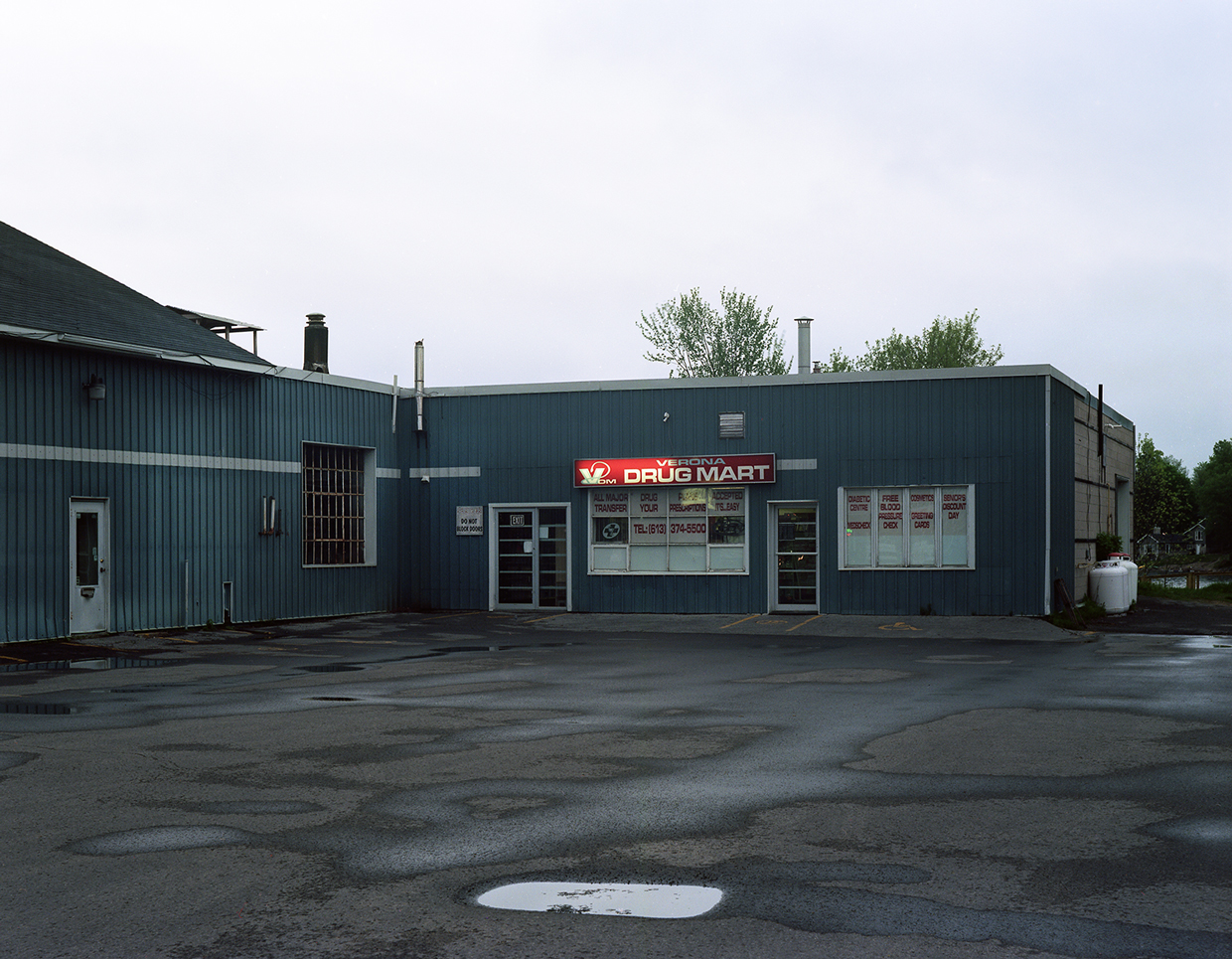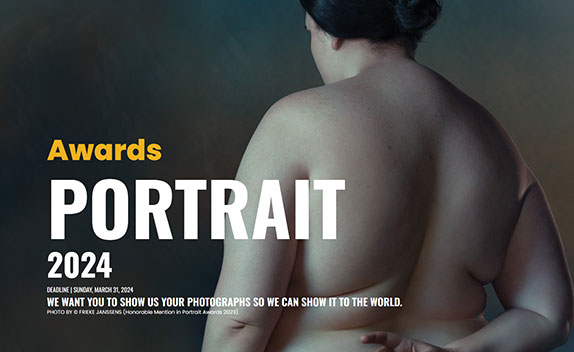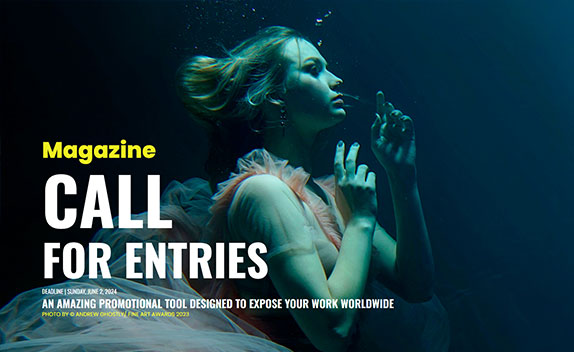Andrzej Maciejewski was born in 1959 in Poland. He studied at Warsaw College of Photography (Poland), Polish Society of Art Photographers School (Poland) and College of Photographic Arts in Ostrava (Czechoslovakia). In 1985 he moved to Canada. He worked as a commercial photographer in Toronto until mid-1990’s.
Then he moved to the countryside in Eastern Ontario and devoted himself entirely to his art. He published 5 books: Bread (1996), Toronto Parks (1997) After Notman (2003), Garden of Eden (2012) and Weather Report (2016). „After Notman” was a bestseller in Canada and has been widely discussed internationally. His work has been exhibited at many group exhibitions and at over 60 solo shows in Canada, USA, Poland, UK, Germany, Norway, Latvia, Finland and Uganda. His works may be found in many private and public collections, including National Gallery of Canada and Minneapolis Institute of Art. He teaches photography in Fleming College, Haliburton School of Art and Design in Canada.
Can you tell us a little about yourself?
I was born and raised in Poland. I also went to photography schools there and in Czech Republic. I moved to Canada when I was 26 and have lived here ever since. While I lived in Toronto I worked for about 10 years as a commercial photographer specializing in architecture. In late 90s I decided to quit commercial work and leave the city. I moved to the countryside near Kingston, Ontario. I still live in a country and enjoy it very much. Here, I have a lot of time and opportunities to work entirely on my own projects.
How did you get interested in photography?
When I was growing up in Poland there was simply not much to do after school. TV was rather non-existent, there was no computers or internet. In a way it was a blessing because we all had to be rather creative with our time. Photography was a popular hobby among my friends and it was something that did not require too much investment or space. I started doing it just for fun but soon realized that it is much more than just a hobby. After I finished High School I knew that I want to continue my education as photographer.
Odessa. May 2013.
Who are some of your favorite classic photographers, and how did they influence you?
There are many and my favorites change over years. But, some photographers have been and still are very inspiring. August Sander, Eugene Atget, Walker Evans, Lee Friedlander, Albert Renger Patzsch, Bernd and Hilla Becher among the others. They are all inspiring in a bit different way but what is very common with them all is their simplicity and honesty. These are two very important things that I always try to remember when I work.
What first drew you to photography and how did you discover it?
My father was an amateur photographer and he bought me my first camera and thought me how to develop contact prints in our temporary darkroom set up in bathroom. I remember the excitement when seeing a picture coming up in developing tray. I soon realized that this is a lot of fun and that I can do it on my own.
Odessa, January 2013.
How do you educate to take better photos?
After close to 40 years of taking pictures I don’t really think too much when I am in the filed taking photographs of streets or landscapes. I see images very quickly and there is usually not much debating which point of view is the best. But, I do a lot of preparations before I start each new project. I do a lot of research, I study very closely photographs done by other artists, I do some test shots to decide on film and camera choice. For example before starting my VIP project I looked a lot at classic portrait photographs. I wanted my images to resemble these images. I tried to figure out how different photographers used lights, how they framed their portraits etc. Some of pictures in this series are based directly on famous portraits by Richard Avedon, Yousuf Karsh or Irving Penn.
How do you come up with ideas for your projects?
Ideas usually come on their own. There are things that I would like to share or things that I find really interesting or some things that I find rather frustrating. I often take a few years between the original idea and start of work. In this time I try to figure out exactly how I want my photographs look like. I make decisions about which camera I will use, what kind of film, size and number of final prints, whether it should be a colour or B&W body of work. I really enjoy this rather slow process. When I start working I have all the images in my mind but I am open for changes that might come during the process. I often work on each project for about a year, sometimes longer.
Dresden. March 2013.
Do you take photos more for yourself or for others?
I take them for myself but I am very happy if I can share them with others.
What do you think makes a memorable photograph?
In my opinion a good photograph should always be a combination of form and content. The proportions of these two things might be very different for different images but there must always be something that author is trying to say combined with a very interesting way he or she is saying it. In other words: if you have something to say you must know how to say it in interesting and clear way. And it is not too good to overestimate either one of these two aspects.
How important is an awesome website for your business
I treat my website as an easy to access portfolio of my work and some info of my shows and publications. It is important to have a good website but it would be a mistake to believe that website alone will bring you exhibitions or sales of your work. There must be a combination of self promotion, exhibitions, publications and website in order to be successful. At least that is how it works in my case.
Paris. May 2013.
How has social media played a role in your photography?
I use these to find out what other artist are doing and also to connect with them. I have some very good experiences with people that I met this way. I would not overestimate social media but in overall I find them very useful and most of the time interesting – providing that I sort people that are in my opinion worth following and leave alone those who talk a lot about nothing.
What are some tips you would give to yourself if you started photography all over again?
I would not really want to change anything. Work hard, do not expect rewards, be honest with yourself, have a lot of fun along the journey. Share your work without hesitation, doubt. [Official website]
Toledo. May 2013.
Paris. January 2013.
Dublin, February 2013.
Verona. May 2013.


